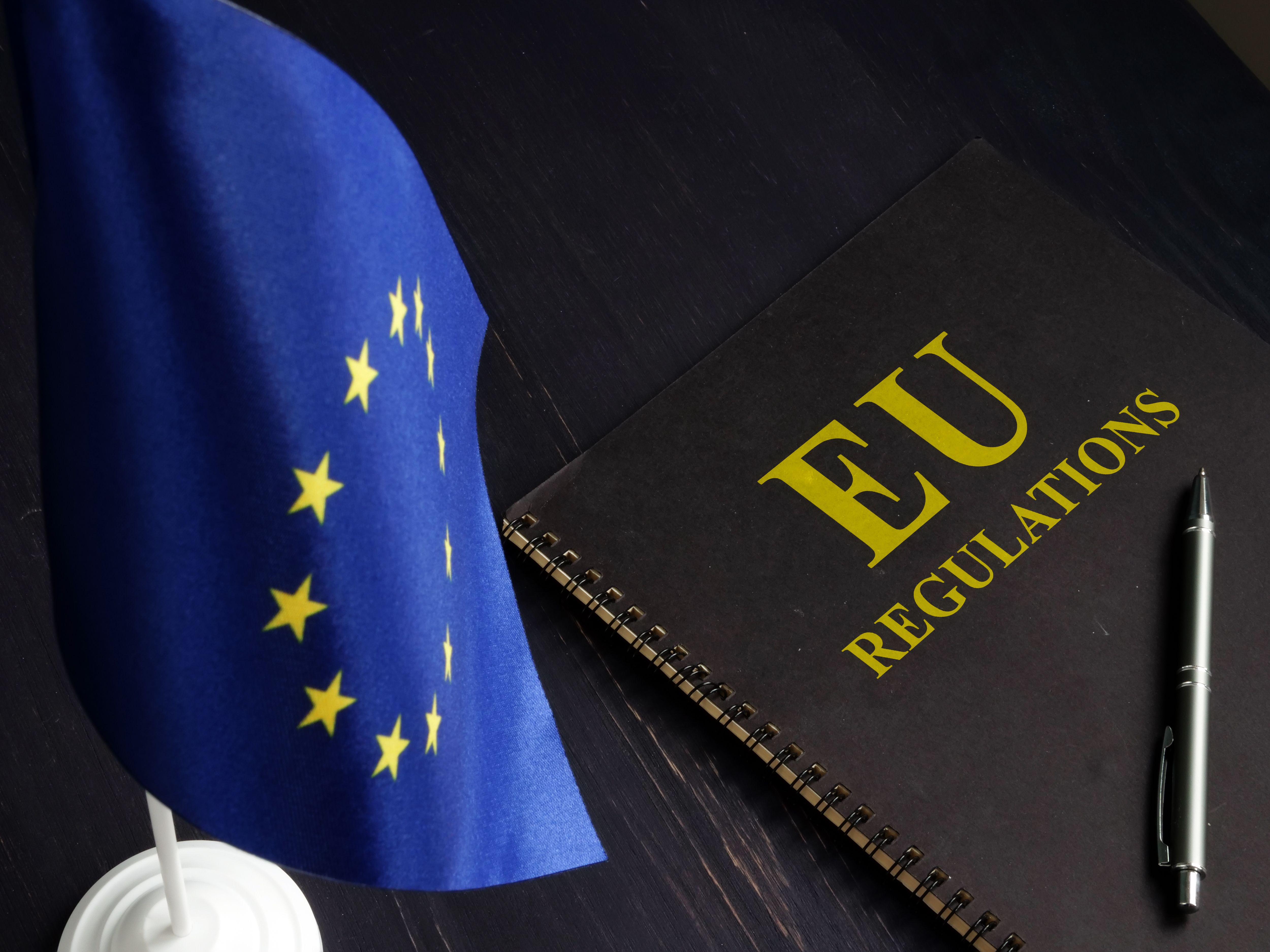New EU Regulations: Strict Reserve Requirements and Transaction Caps for Stablecoins
Understanding the New EU Regulations on Stablecoins
The European Union has recently unveiled new regulations targeting the rapidly growing sphere of stablecoins. These rules are designed to ensure market stability and protect consumers in the face of increasing adoption of digital currencies. At the heart of these regulations are stricter reserve requirements and transaction caps, which are set to reshape how stablecoins operate within the EU.

Stricter Reserve Requirements
A core component of the new EU regulations is the introduction of stricter reserve requirements for stablecoin issuers. Under these rules, issuers must hold a greater percentage of their coins' value in reserve, ensuring that they can meet redemption demands. This approach is aimed at bolstering trust among users and preventing scenarios where stablecoins cannot be redeemed one-to-one for their pegged assets.
These reserves need to be held in highly liquid and low-risk assets, such as government bonds. The idea is to maintain stability, even during periods of high market volatility. This move is expected to enhance consumer confidence but may also increase operational costs for stablecoin providers.
Transaction Caps to Curb Systemic Risks
Another significant aspect of the EU's regulatory framework is the establishment of transaction caps. By limiting the amount of stablecoin transactions within a specified period, regulators aim to mitigate systemic risks and prevent potential disruptions in the financial system. These caps are particularly focused on limiting large-scale transactions that could destabilize markets.

The transaction caps are tailored according to the size and type of stablecoin, balancing the need for innovation with financial security. Smaller, less systemic stablecoins might experience more lenient caps, while larger, widely-used coins will face stricter limitations. This nuanced approach allows for flexibility while maintaining oversight.
Implications for Stablecoin Providers
The new rules prompt stablecoin providers to reassess their business models. Compliance with these regulations will require significant adjustments in reserve management and operational strategies. Providers may need to enhance their financial infrastructures to accommodate these changes, potentially leading to consolidation in the market.
Moreover, some businesses might explore partnerships with established financial institutions to meet reserve requirements efficiently. This could lead to increased collaboration between traditional finance and the burgeoning crypto sector, fostering innovation while adhering to regulatory standards.
Consumer Impact and Market Dynamics
From a consumer perspective, these regulations are poised to offer greater protection and security. With robust reserves backing each stablecoin, users can have increased confidence in the stability and reliability of their digital assets. However, some critics argue that increased compliance costs could be passed onto consumers.
Market dynamics are also likely to shift as a result of these regulations. Smaller players may struggle with compliance costs, potentially leading to a more consolidated market dominated by larger entities capable of meeting stringent regulatory demands.
The Future of Stablecoins in the EU
As stablecoins continue to gain prominence in the financial landscape, the EU's regulatory framework sets a precedent for other regions contemplating similar measures. The balance between fostering innovation and ensuring market stability is delicate, making these regulations a crucial step in stabilizing the industry.
Ultimately, while these changes present challenges for stablecoin providers, they also offer opportunities for growth and collaboration with traditional finance sectors. The evolution of stablecoin regulations will likely continue as technology and market conditions change.
Strict Reserve Requirements and Transaction Caps for Stablecoins Now in Effect Across EU
